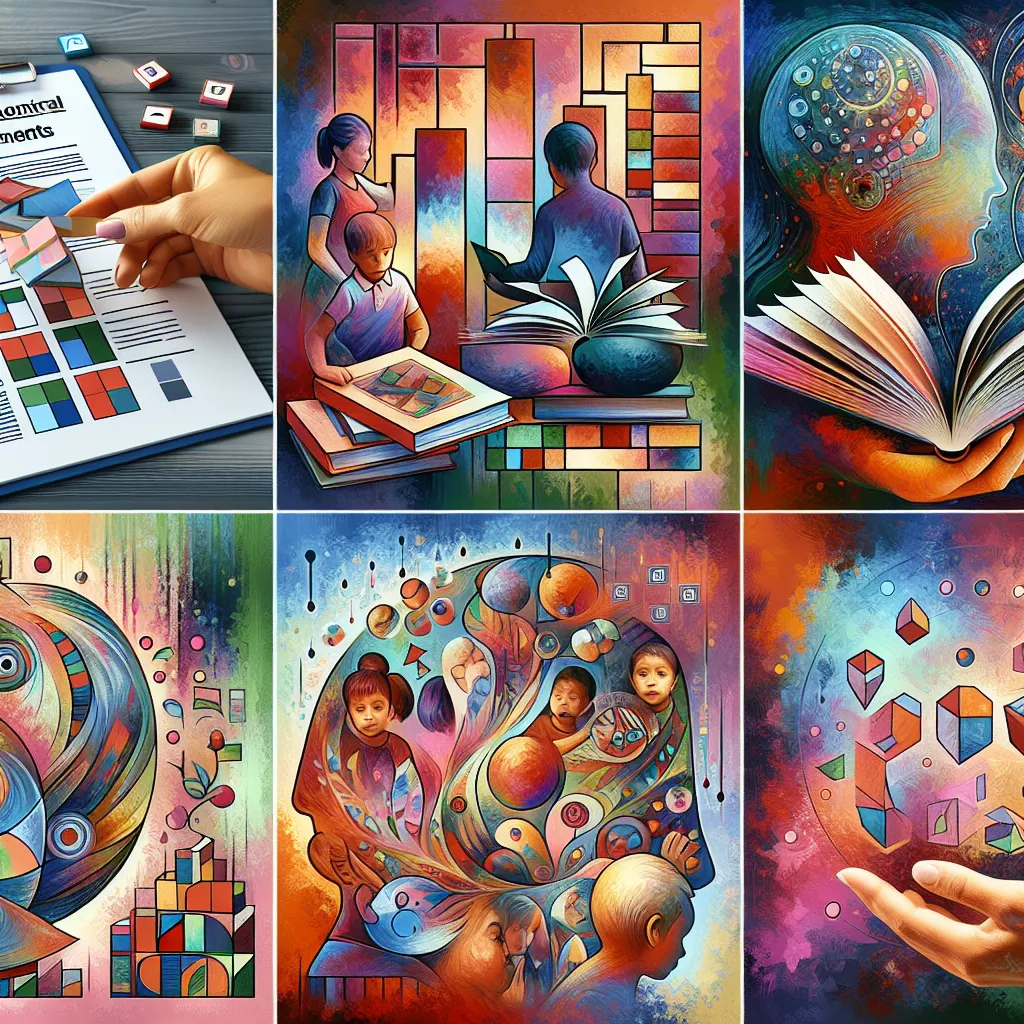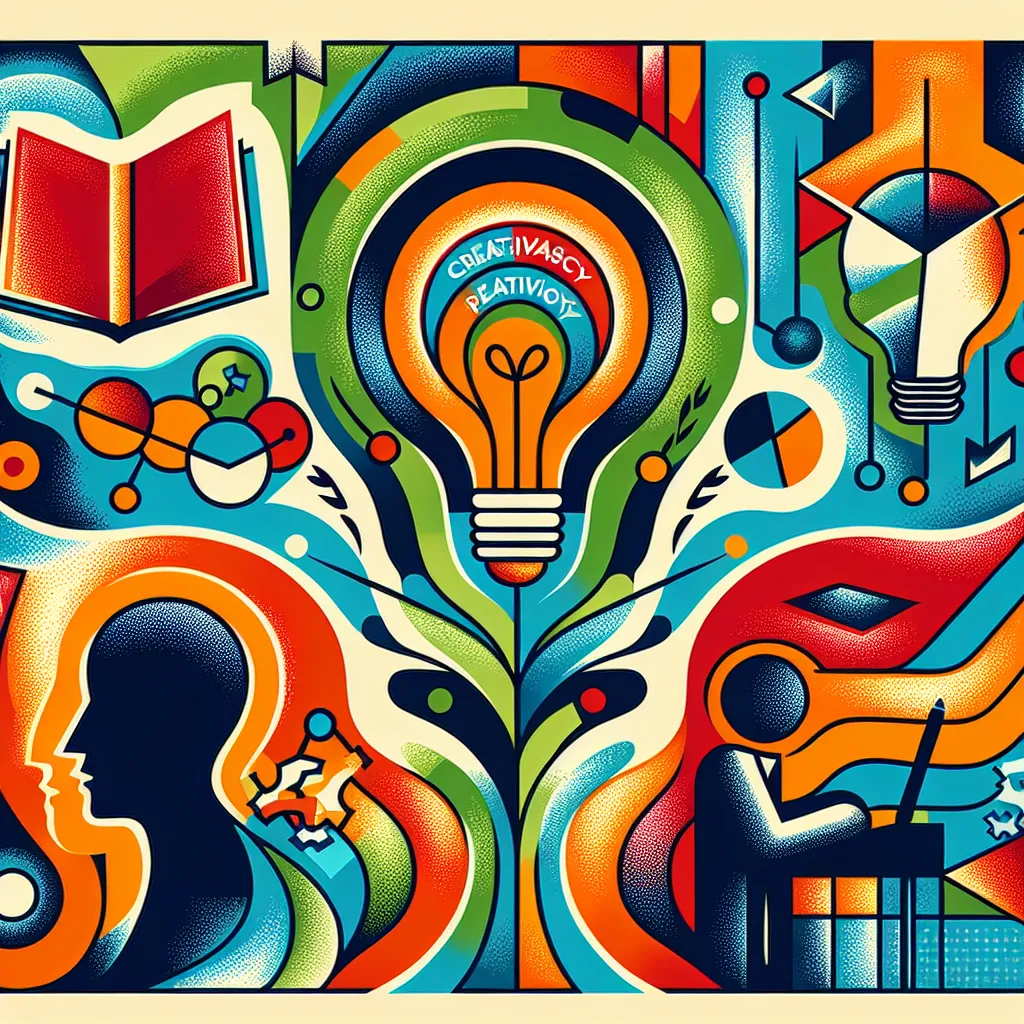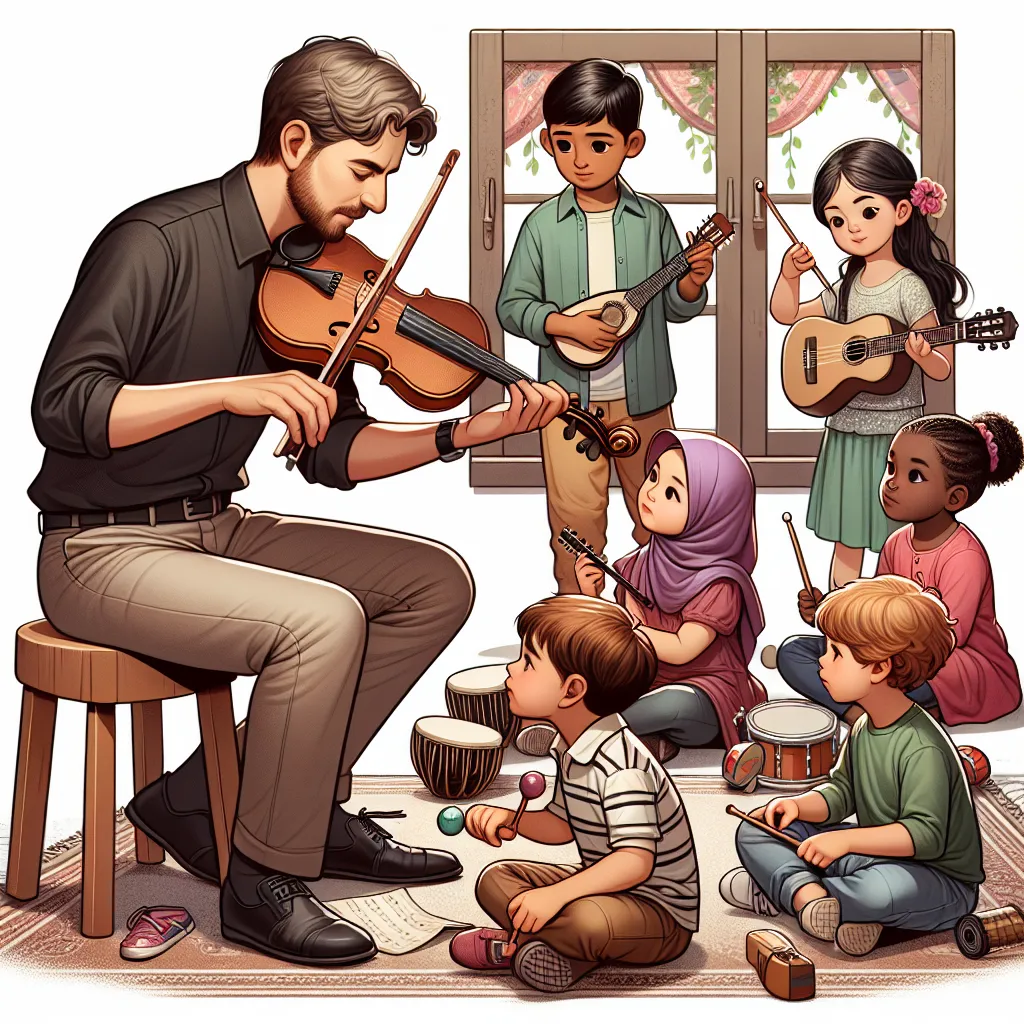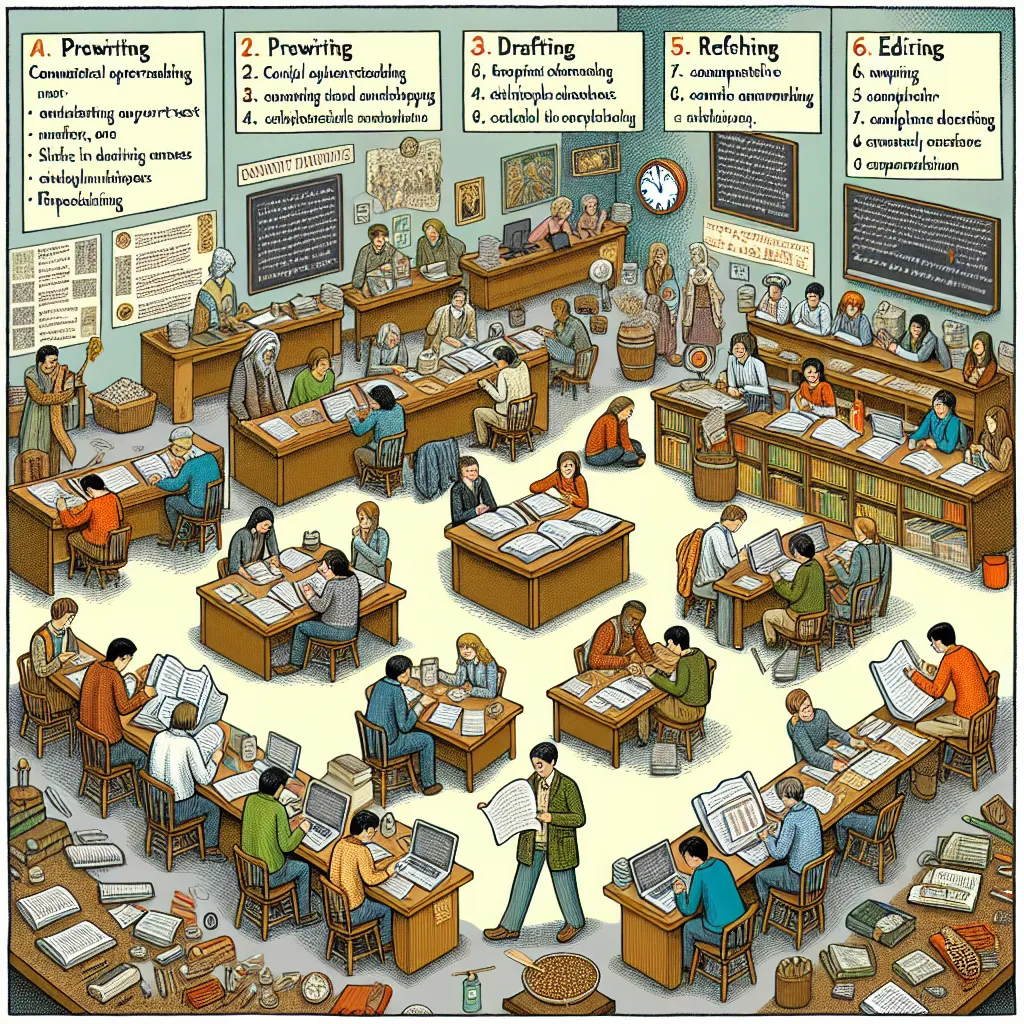Ask AI on The Internet
Question: Section A (20) Question 1 1. In your own words explain what you understand about the concepts below: Support your explanation with examples. 1.1. Formal language 1.2. Didactics 1.3. Genres 1.4. Explicit learning 1.5. Incidental learning (10) Section B (40) Question 2 2.1 Discuss any five of Carol Read’s pillars of creativity. (10) ENC1501/ASSESSMENT 5/2024 3 Section B Question 3 Read the article Multimodality and Literacy in School Classrooms written by Carey Jewitt (2009) and then answer the question that follows. 3.1. Briefly analyse the following key themes that draw on multiple and multimodal literacies: a) Pedagogy (5) b) Design (5) c) The new literacy worlds of students (5) (15) 3.2 Mrs Zaza wants to teach an interesting story to her grade 1 learners. She doesn’t know which one to choose and is confused. Her HOD advises her to use different aspects of texts in order to get the best story for her learners. Advise Mrs Zaza on how best she can examine five aspects of a text that needs to be implemented before choosing the relevant story. (25) Section C (40) Question 4 4.1 Create a comprehension short story that you will read to your grade 2 learners during reading class. Your story should have the following aspects: Topic Introduction Body Conclusion (15) 4.2 Use the above story to Design a lesson that you can teach in grade 2 using multi modes. It should involve four language skills which are Reading, Writing, Speaking, and Listening. Use at least three of the following resources in your lesson: • Recorded text, radio, or cellphone (choose one) • Television (optional) • Pictures (graphics) • Written texts • Real objects • Physical activity – dramatise/play (20) 4.3 Critically explain in a paragraph of ten lines how would you go about assessing the above lesson. (5)
Alright, let's break down the questions and provide a thorough educational discussion. ### Section A (20) #### Question 1 1.1. Formal Language Formal language involves using a more structured, standardized, and often more sophisticated form of communication. It's typically used in professional, academic, legal, and official contexts where the tone is serious and messages should be clear and unambiguous. For example, in a business meeting, one might say: "I would like to propose a new strategy to increase productivity," instead of using informal language like, "Let's try doing things differently to get more work done." 1.2. Didactics Didactics refers to the art and science of teaching and includes strategies, methods, and principles that inform how educational content is delivered. For instance, didactic methods could include detailed lesson plans, interactive activities, and assessments tailored to different learning styles. 1.3. Genres Genres are categories or types of literature and other forms of art or entertainment, characterized by similarities in form, style, or subject matter. For example, in literature, genres include fiction, non-fiction, mystery, science fiction, and fantasy. Each genre follows certain conventions, like plot structure and thematic elements. 1.4. Explicit Learning Explicit learning is a conscious and intentional process where learners are aware of what they are trying to learn. This often involves direct instruction and clear objectives. For example, when learning a new language through structured lessons that focus on grammar rules and vocabulary lists, the learner is engaging in explicit learning. 1.5. Incidental Learning Incidental learning occurs unintentionally or without the learner realizing they are learning. This often happens through experience or informal encounters. For instance, picking up new vocabulary or cultural norms by engaging in everyday conversations in a foreign country is a form of incidental learning. ### Section B (40) #### Question 2 2.1 Five pillars of creativity according to Carol Read include: 1. **Curiosity**: Encouraging students to ask questions and explore. This can be done by presenting intriguing problems or scenarios. 2. **Connections**: Helping students make connections between different ideas and concepts, fostering a deeper understanding. 3. **Challenge**: Providing challenges that are achievable yet stretch their abilities, keeping them engaged and promoting growth. 4. **Collaboration**: Encouraging teamwork and collaboration to bring different perspectives and ideas together. 5. **Celebration**: Recognizing and celebrating creative efforts and achievements to motivate students and reinforce positive behavior. #### Question 3 3.1. Key Themes in Multimodal Literacies: a) **Pedagogy**: Pedagogical practices in a multimodal literacy environment involve integrating various forms of media and communication modes in teaching. This may include combining text, images, video, and audio to enhance learning and make concepts more accessible. For example, teaching a science concept could involve using a video demonstration, an interactive digital simulation, and a related reading passage. b) **Design**: Design in teaching refers to how educational materials and lessons are structured and presented. Effective design takes into account the multimodal resources available and aims to create a cohesive and engaging learning experience. For example, a well-designed lesson on ecosystems might integrate videos of different environments, infographic charts, and interactive quizzes. c) **The New Literacy Worlds of Students**: The new literacy worlds of students recognize that today’s learners are digital natives who interact with a wide range of media and technologies on a daily basis. This influences their preferences and skills in learning, making it essential for educators to incorporate digital tools and platforms. For example, using social media or online forums for classroom discussions can make learning more relatable and engaging for students. 3.2 Advising Mrs. Zaza on Choosing a Story: 1. **Theme and Content**: Ensure the story has a theme relevant to the learners' experiences or curriculum. 2. **Language Complexity**: Choose a story appropriate for the grade 1 reading level to ensure it is comprehensible and engaging. 3. **Illustrations**: Visuals support understanding, especially for young learners. 4. **Length**: Make sure the length of the story is suitable for the attention span of first graders. 5. **Moral or Lesson**: Select a story that conveys a positive message or moral, reinforcing social and ethical learning. ### Section C (40) #### Question 4 4.1 Short Story for Grade 2 Learners: **Topic**: The Brave Little Turtle **Introduction**: Once upon a time, in a beautiful forest by the sea, lived a little turtle named Timmy. **Body**: Timmy was very shy and scared to come out of his shell. One day, a big storm hit the forest, and his friends needed help. Despite his fear, Timmy decided to be brave and helped his friends find a safe spot. **Conclusion**: After the storm, Timmy’s friends were very thankful, and he realized that being brave felt good. From that day on, Timmy wasn’t as afraid, and he enjoyed playing with his friends. 4.2 Designing a Multimodal Lesson: - **Reading**: Read the story aloud to the students. - **Writing**: Have students write a sentence or two about a time they were brave. - **Speaking**: Encourage students to share their sentences with the class. - **Listening**: Play a recorded version of the story. **Resources**: - *Recorded text*: Use an audio recording for listening practice. - *Pictures*: Show illustrations to help visualize the story. - *Real objects*: Bring a turtle toy to make the story more tactile. 4.3 Assessing the Lesson: To assess the lesson, I would use a mix of formative and summative assessments. Observing students during activities provides insight into their engagement and comprehension. Collecting their written sentences allows for evaluation of their understanding and expression. Listening to their spoken contributions helps assess their oral language skills. Additionally, a simple assessment task or quiz related to the story can measure their retention and comprehension. Data gathered from these assessments would inform any needed instructional adjustments.
Think your answer is better than the AI's? Post it below.
Other Most Relevant Posts:
 Section A (20): Understand Concepts in Language, Didactics, Genres, and Learning
Section B (40): Discuss Carol Read’s Pillars of Creativity
Section B: Analyze Key Themes in Multimodal Literac
Section A (20): Understand Concepts in Language, Didactics, Genres, and Learning
Section B (40): Discuss Carol Read’s Pillars of Creativity
Section B: Analyze Key Themes in Multimodal Literac
 1.1 Two Literacy Skills Acquired (4)
1.2 Role Comparison of Teacher and Learners (10)
1.3 Language Teaching Theory (5)
1.4 Evaluation of Fun Component (3)
1.5 Assessment Technique Evaluation (3)
1.1 Two Literacy Skills Acquired (4)
1.2 Role Comparison of Teacher and Learners (10)
1.3 Language Teaching Theory (5)
1.4 Evaluation of Fun Component (3)
1.5 Assessment Technique Evaluation (3)
Question Tags
If you want your question answered by an AI, click here.





Post your own comment: